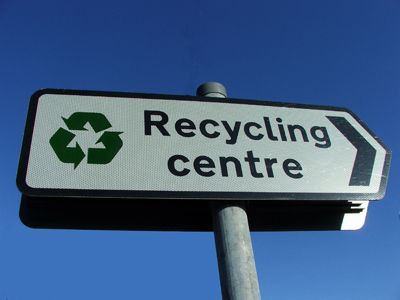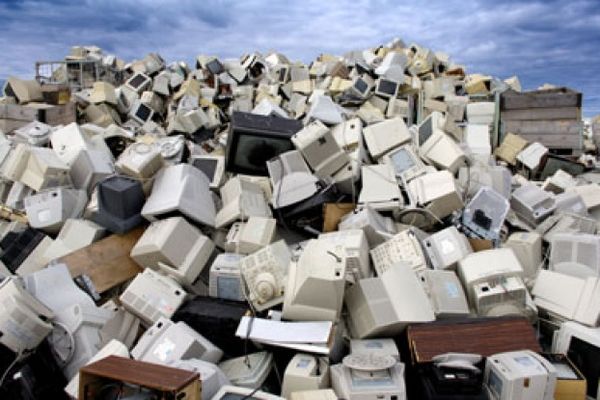
Nanowood is a new, ultra-lightweight insulating material that could potentially become a green alternative to the ubiquitous, environmentally hazardousStyrofoam(expanded polystyrene, or EPS) that currently clogs our landfills and pollutes our waterways. Made of tiny wood fibers,nanowoodblocks heat up to 10 degrees more efficiently than Styrofoam, and with a strength-to-weight ratio that's about eight times that of steel, it can withstand 30 times more pressure than Styrofoam before crushing.
Invented by Tian Li and her research colleague, Liangbing Hu, at theUniversity of Maryland, nanowood is a sustainable, non-toxic product that can be made from fast-growing and renewable farm-raised trees like balsa. Its current projected application is as a low-cost insulation and infrastructure material at residential, commercial and industrial sites. But did you know that Styrofoam is also foundational in the construction ofbridges,roads, airport runways,stadiumsandcars, to name just a few of the myriad places it's employed? The inventors of nanowood believe that it has huge promise as aneco-friendlybuilding material which could potentially replace Styrofoam in most traditional applications, saving billions of dollars in energy costs and tons of environmental damage.
Advertisement


